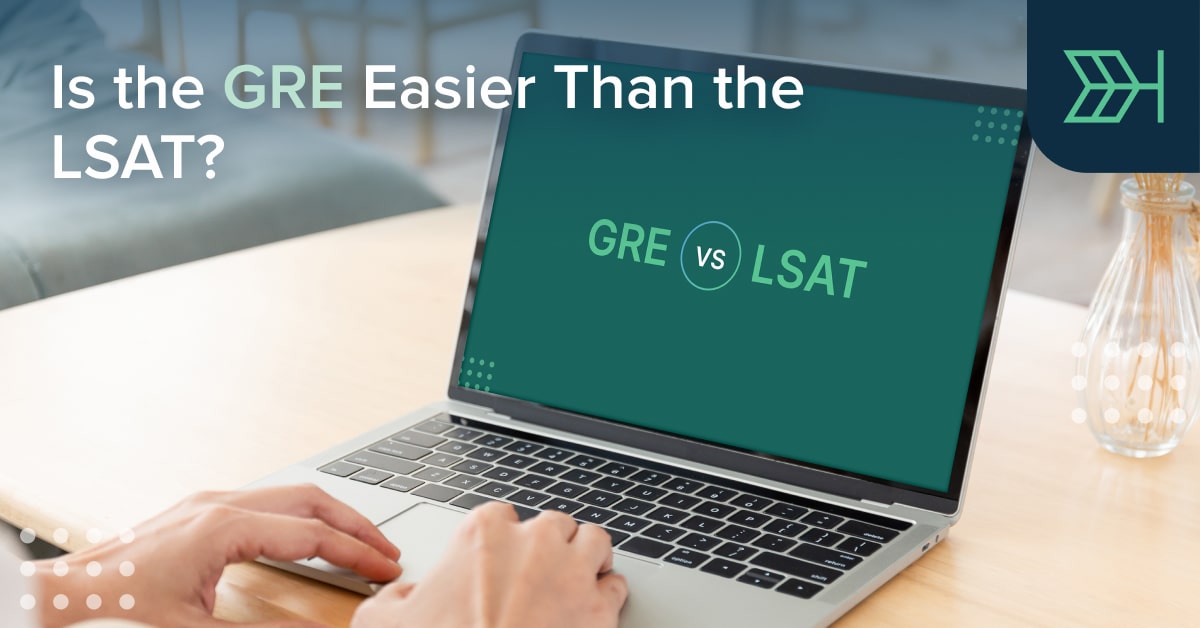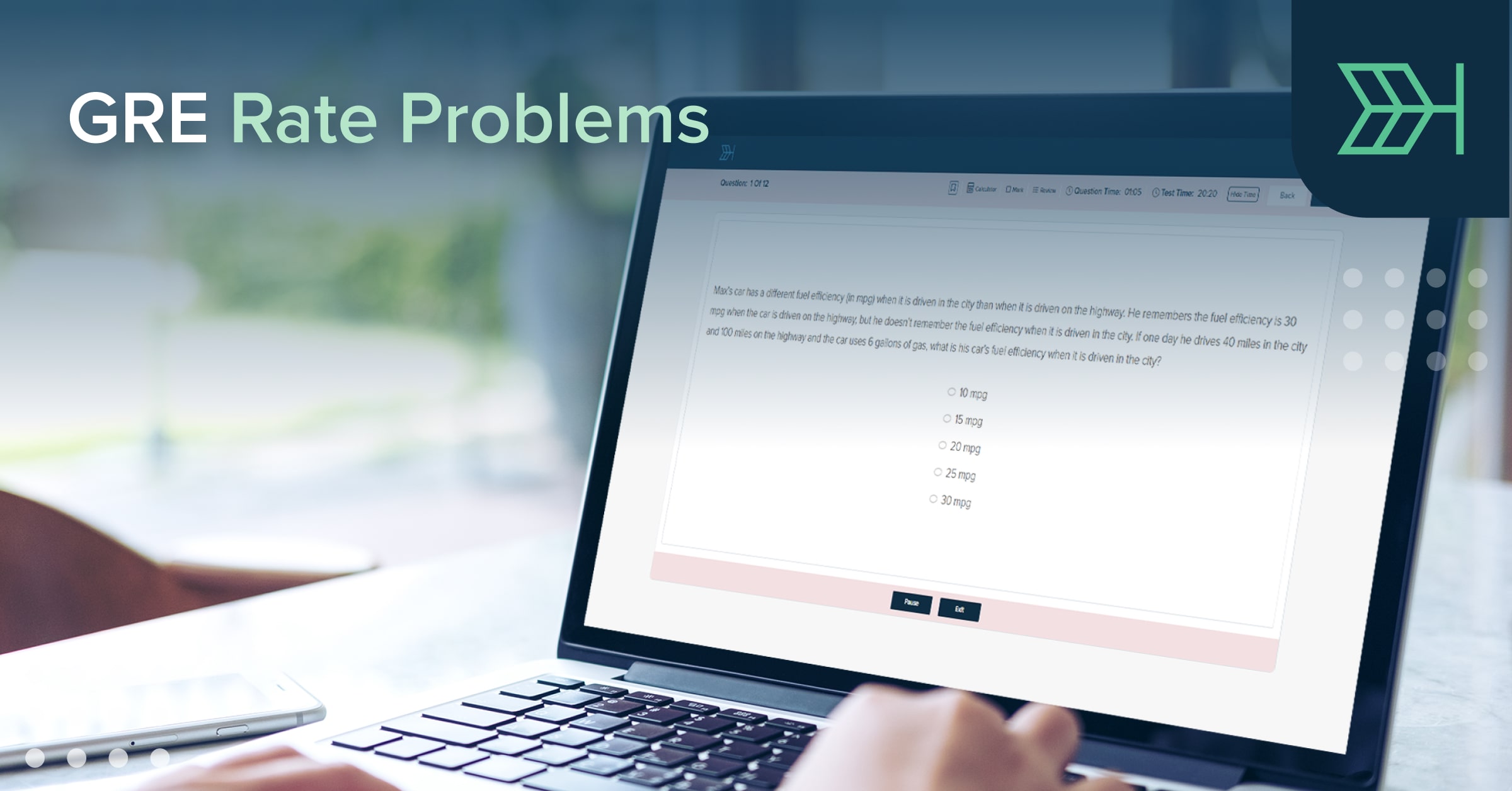LSAC (Law School Admission Council) released a new LSAT in 2024, and the new test brought big changes. In this article, we’ll answer all your questions about the LSAT changes, including what’s new and what stayed the same, how the changes will affect your LSAT prep, what the new LSAT test dates are, and more.
Here are all the topics we’ll cover:
To start, let’s discuss when the new LSAT changes go into effect.
When can I take the new LSAT?
As far as LSAT changes, all 2023 tests and any 2024 tests through June are still the old LSAT.
Administration of the new LSAT begins in August 2024. (LSAC has not yet announced the exact testing dates.)
So, the final date you can sit for the old LSAT is June 8, 2024.
Now, what if you’ve already registered for the LSAT, but you’d rather take the new exam? Good news: test-takers can change LSAT dates for free up until the registration deadline associated with the scheduled test date.
Even better news: that LSAT test-date change deadline is always roughly 5 to 6 weeks before testing begins for the month of your test date. So, you won’t have to decide too far in advance whether to change your test date.
If the registration deadline has passed, there is an LSAT test-date change fee. The fee is $135 until 38 days before testing begins for the month of your test date or, after that time, $222 until 11:59 p.m. ET on the night before testing begins for the month of your test date.
So, if it’s past the registration deadline and you want to take the new exam, just be sure that you reschedule before the first testing date in the month of your current test date, not before your particular test date (unless your test date is the first one that month).
You can view current LSAT test dates and registration deadlines here.

 KEY FACT:
KEY FACT:
Test-takers can begin sitting for the new LSAT in August 2024.
Now that you know when you can take the new LSAT, let’s discuss what to expect on the new test, starting with what’s staying the same.
What stayed the same on the new LSAT?
Although the LSAT changes we’ll discuss in this article are significant, much about the LSAT is staying the same.
For one, the purpose of the LSAT is not changing. The new LSAT is still a standardized test that is a key aspect of the law school admissions process. So, generally speaking, you will still need to submit LSAT scores (which for many schools are important for law school rankings) or GRE scores with your law school applications.
Secondly, the administration of the LSAT is not changing. The LSAT will still be administered both online and at test centers on designated dates in January, February, April, June, August, September, October, and November. You’ll also still be able to schedule the 35-minute LSAT writing sample portion for a separate time after or up to 8 days before your test. And the new LSAT will still offer the same testing accommodations that are currently available.
Additionally, the basic format of the LSAT will remain the same. So, on the non-essay portion, you’ll still see multiple-choice questions in 4 timed sections, including an unscored section, that run 35 minutes each. So, sitting for the (non-essay) LSAT will still take 2.5 hours, including the 10-minute break.
Where the changes come in is the types of multiple-choice questions you’ll see on the new LSAT. Let’s discuss.
What are the key differences between the old and new LSAT?
For many test-takers, the defining feature of the LSAT has been the Analytical Reasoning section, commonly known as LSAT Logic Games. Logic Games questions present scenarios involving ordering and/or grouping things according to given constraints, and require reasoning when dealing with hypothetical, conditional, logically equivalent, and other types of statements.
Given how large the LSAT Logic Games loomed in many test-takers’ minds, it came as quite a shock when LSAC announced the removal of LSAT Logic Games from the new test. That’s right: with the release of the new test, there will no longer be an Analytical Reasoning section on the LSAT.
Of the LSAT changes, Logic Games removal is the most talked-about. So, let’s discuss the implications of this change.

 KEY FACT:
KEY FACT:
The removal of LSAT Logic Games is the biggest change on the new LSAT.
How does the removal of the Logic Games section affect the LSAT?
On the current LSAT, there is 1 Logical Reasoning section, 1 Analytical Reasoning section (Logic Games), 1 Reading Comprehension section, and 1 unscored section that could be any of those 3 types.
On the new LSAT, a second Logical Reasoning section replaces the Analytical Reasoning section. There will still be 1 Reading Comprehension section, and 1 unscored section. Of course, the unscored section will be either Logical Reasoning or Reading Comprehension, since there is no Analytical Reasoning on the exam.
The table below compares the content of two exam versions. Note that all test sections on both LSAT versions are 35-minutes each.
New LSAT vs. Old LSAT Content
| New LSAT | Old LSAT(pre-Aug 2024) | |
|---|---|---|
| Logical Reasoning | 2 sections, 24–26 questions each |
1 section, 24–26 questions |
| Analytical Reasoning | 0 | 1 section, 22-24 questions |
| Reading Comprehension | 1 section, 26–28 questions |
1 section, 26–28 questions |
| Unscored | 1 section(LR or RC) | 1 section(LR, AR, or RC) |
| Writing Sample | 1 prompt | 1 prompt |
So, aside from the LSAT Logic Games removal, the other big change to the LSAT is that Logical Reasoning questions will be a much bigger part of the exam. Let’s discuss.

 KEY FACT:
KEY FACT:
The new LSAT includes a second scored Logical Reasoning section rather than an Analytical Reasoning (Logic Games) section.
How does the addition of a second Logical Reasoning section affect the LSAT?
On the new LSAT, you’ll see double the number of scored Logical Reasoning questions: 48 to 52 instead of 26 to 28. You’ll also spend at least half of your total LSAT testing time (for the multiple-choice portion) on Logical Reasoning. These questions present arguments in short, 1-paragraph passages and ask you to analyze those arguments in some way.
For example, you may need to:
- analyze the method of reasoning in an argument
- identify similarities between or points of disagreement in arguments
- recognize a flaw in an argument
- identify an assumption upon which an argument depends
- resolve an apparent paradox in an argument
- draw a logical inference based on an argument
- determine how new evidence affects an argument
- strengthen an argument
- understand analogies
and more.
So, there are numerous different types of Logical Reasoning questions to learn and practice answering during your LSAT prep. Of course, there is plenty to learn for the Reading Comprehension section as well. With all this in mind, let’s dig a little deeper into how to prepare for the new LSAT.

 KEY FACT:
KEY FACT:
The new LSAT contains 48-52 scored Logical Reasoning questions.
How can I prepare for the new LSAT?
Many test-takers are wondering how soon they can begin their LSAT prep for the new exam. LSAC says it will release official test prep materials for the new test by February 2024. So, even if you want to take the new LSAT as soon as possible, in August 2024, you’ll have about 6 months to prepare with official materials, which should include full-length LSAT practice tests.
That said, since there are no new question types on the new exam, you could start your LSAT prep earlier using LSAT study guides or test prep courses geared toward the old test version. Of course, you’d skip over any material related to Analytical Reasoning in that case.
Now, for test-takers familiar with the old LSAT who are wondering, “What are some strategies for the new LSAT?” I want to caution you against dramatically changing your LSAT prep or test-taking strategies for the new test. Yes, you’ll likely need to devote significant time and energy to learning and practicing Logical Reasoning questions, as those constitute the bulk of the scored exam.
However, you should not neglect your Reading Comprehension study. As with Logical Reasoning, there are a wide variety of Reading Comprehension question types (10 or so) to master for the LSAT. Learning strategies for each of these question types and becoming skilled in applying those strategies generally demands serious time and effort. Moreover, efficiently handling the rather long and often dense passages associated with Reading Comprehension questions is a skill in its own right.
So, just make sure that you’re not letting the LSAT’s newfound emphasis on Logical Reasoning steer your LSAT prep too far in one direction.

 TTP PRO TIP:
TTP PRO TIP:
Maintain a balanced approach in your LSAT prep, whether you’re studying for the old or new test.
What is a good score on the new LSAT?
The 2024 LSAT changes do not include changes to LSAT scores (apart from the fact that Analytical Reasoning will not factor into the raw score after the removal of that section). The test will still use a 120-180 range for scaled scores, and LSAC has not announced any changes to score reports.
Moreover, LSAC claims that research based on over 200,000 test sessions “indicates that the revised approach will have virtually no impact on overall scores.” In other words, LSAC does not expect the test content changes to make the LSAT markedly easier or more difficult for test-takers.
So, what is considered a good score on the LSAT is not expected to change—at least not immediately. And what is considered a good score will depend on which law schools you’re applying to. Generally speaking, most test-takers need to aim for a score of at least 150. However, if you’re shooting for a top 10 school, you’ll probably want a score of 170 or higher.

 TTP PRO TIP:
TTP PRO TIP:
If you’re applying to law schools in the top 10, aim for a score of 170 or higher on the new LSAT.
Which law schools accept the new LSAT?
The version of the LSAT that debuts in August 2024 will be the only version of the LSAT. In other words, the new test is replacing the old one. So, any schools that require or accept LSAT scores as part of the law school admissions process will be accepting scores from the new LSAT.

 KEY FACT:
KEY FACT:
The new LSAT is replacing the old one. So, schools that require or accept LSAT scores will be accepting scores from the new test.
How does the new LSAT compare to the GRE and GMAT?
There are some key similarities between the new LSAT, GRE, and GMAT. Most notably, Reading Comprehension and Critical Reasoning questions on the GRE and GMAT are similar to Reading Comprehension and Logical Reasoning questions, respectively, on the LSAT. However, those question types are more or less common depending on the test. For instance, there is a far greater emphasis on Logical/Critical Reasoning on the LSAT and GMAT than on the GRE.
That said, both the GRE and GMAT feature a Quantitative section, which the LSAT does not have. Additionally, the new GMAT Focus Edition features a Data Insights section, which can feature a few questions that are similar to LSAT Logic Games questions.
The new GMAT also does not include an essay section, as the GRE and LSAT do. Note that the GRE’s Writing section is always the first section of the exam. That section cannot be scheduled for a separate time, as it can for the LSAT.
Also, the LSAT is somewhat longer than both the GRE, which clocks in at just under 2 hours, and the GMAT Focus, which is about 2 hours and 15 minutes long, plus an optional 10-minute break. (Note that the standard GMAT is just over 3 hours long but will no longer be available after January 31, 2024.)
Most importantly, you cannot submit GMAT scores for law school admissions. On the other hand, many accredited U.S. law schools accept both the GRE and LSAT.
For more detailed comparisons of these tests, you may want to check out our article comparing the GRE and the LSAT and our guide to the GMAT Focus Edition.

 KEY FACT:
KEY FACT:
Many accredited U.S. law schools accept both the GRE and LSAT, but no law schools accept the GMAT.
LSAT Changes: Key Takeaways
- Administration of the new LSAT begins in August 2024. (Check back for exact testing dates.)
- The final date you can sit for the old LSAT is June 8, 2024.
- The new LSAT is replacing the old one. So, schools that require or accept LSAT scores will accept scores from the new test.
- The new LSAT replaces the Analytical Reasoning section (Logic Games) with a second scored Logical Reasoning section.
- There are no new question types on the new test.
- The basic format of the LSAT is not changing. So, on the non-essay portion, you’ll still see multiple-choice questions in 4 timed sections, including an unscored section, that run 35 minutes each.
- LSAT scores are not changing for the new test, which will still use the 120-180 scale.
- You will still be able to take the LSAT either online or in person at a test center.
- You will still be able to take the LSAT writing sample portion separately from the rest of your exam.
What’s Next?
Get some expert advice on whether to take the GRE or the LSAT for law school.
Learn what is considered a good GRE score for law school here.




